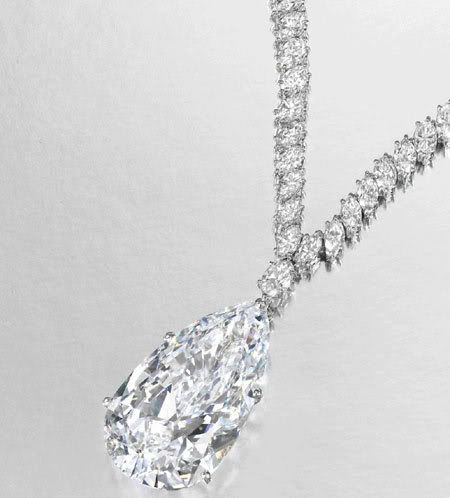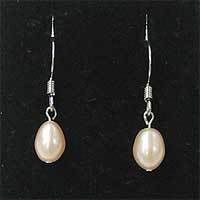If the gem in question is loose and unmounted, try placing it over printing. Diamonds refract so much light that they will not work as a magnifying glass and you would see no lines, circles, or letters through them. Other clear stones like glass or crystal will reveal the print clearly. A similar test uses a small light, such as the one that comes with your key ring. If you shine the light through the stone and cannot see it on the other side, but only a bright halo around the rim, it is more likely to be a true diamond.
Diamonds are also very good at conducting heat. Breathe on the surface of the stone and immediately check to see if it has fogged up. Again, quartz, glass, and cubic zirconium will stay hazy for a moment before the condensation dissipates, but you shouldn't be able to see any moisture on a true diamond. However, one rock, called moissanite, will also pass this test, so the best way is to get a complete thermal conductivity evaluation performed by a jeweler.
Looking closely at the specks, ridges, and facets can also give you a clue into the identity of your gem. Diamonds do have inclusions, tiny bits of other minerals that got crushed into the diamond while it formed deep under the earth. However, if the facets have worn or rounded edges, bubbles, or if the gem looks rippled or pitted, it is probably glass. Those gems that are perfectly clear, with absolutely no inclusions, are probably quartz.
Finally, some common sense measures can prevent you from getting pressured to purchase a gem that turns out to be something other than a diamond. It shouldn't be ridiculously inexpensive, or you'll get what you pay for. It also will usually be mounted in an "open back" setting, which means that you can see around the rear of the gem and the back surface isn't coated with any silvery substance. Although it's true that diamonds are the hardest organic substance on earth, the infamous test of scratching diamonds across glass or metal might just give you a damaged diamond.
Even many gemologists cannot distinguish "real" diamonds from cultured diamonds. Cultured diamonds have been artificially manmade in a laboratory, not mined from mountains, yet they are chemically identical to those diamonds. Some companies are developing new kinds of identification methods for those who would like to purchase a mined diamond or for those that prefer a cultured one.
Extracted from Victor Epand's article, the owner of JewerlyGift.biz


